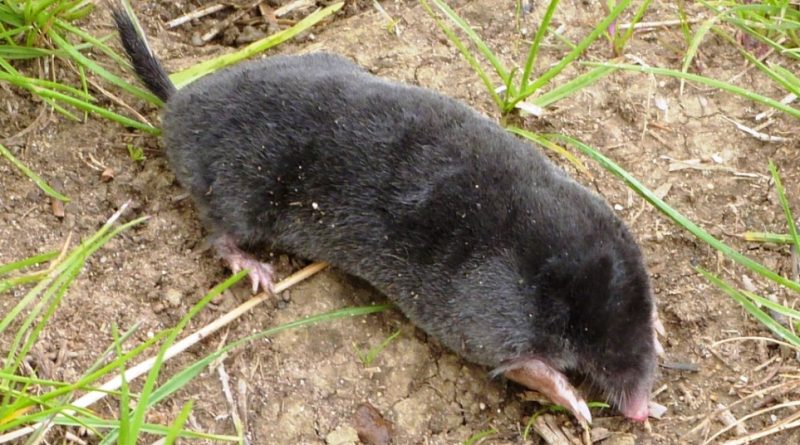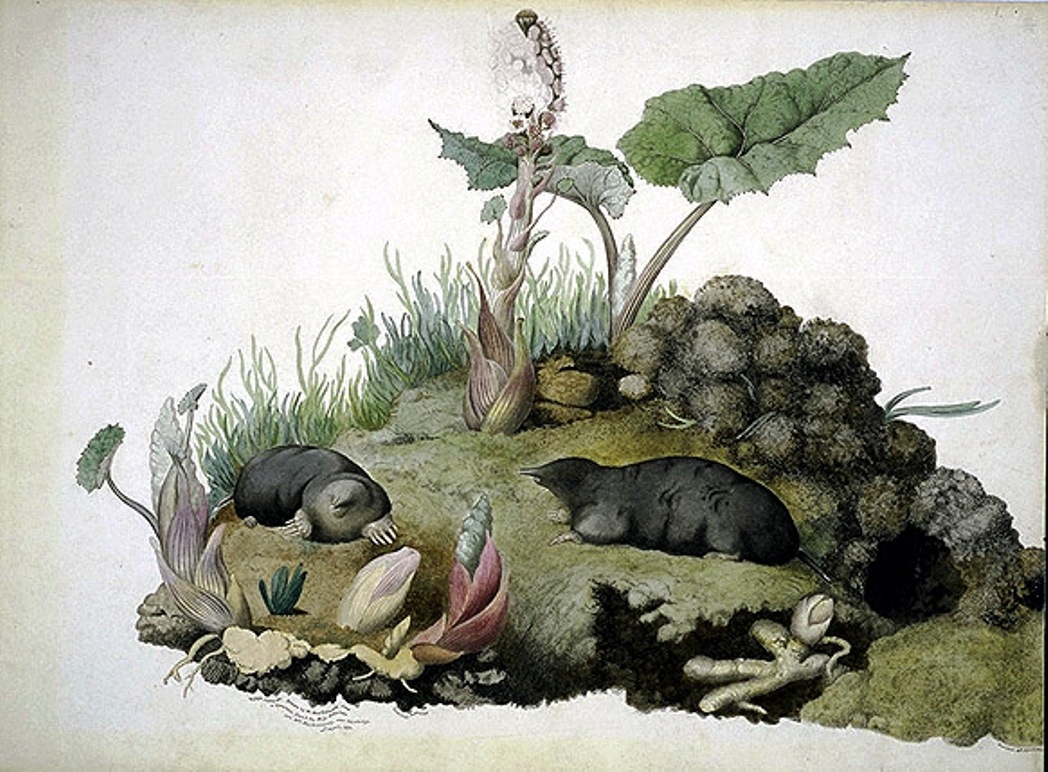Talpa europaea
Talpa europaea
The European mole (Talpa europaea Linnaeus, 1758) is a mammal belonging to the Talpidae family.
Systematics –
From the systematic point of view it belongs to the Eukaryota Domain, Animalia Kingdom, Phylum Chordata, Mammalia Class, Laurasiatheria Superorder, Erinaceomorpha Order, Talpidae Family and therefore to the Talpa Genus and the T. europaea Species.
Within this species, 3 subspecies are recognized:
– Talpa europaea europaea;
– Talpa europaea cinerea;
– Talpa europaea velessiensis.
Geographic Distribution and Habitat –
The European mole, within its genus, is the one with the greatest distribution in Europe, being present:
– in England, a large part of continental Europe, from Sweden and southern Finland to the northern portion of the Iberian, Italian and Balkan peninsulas, Asia, up to the Caucasus mountains and up to 75 ° E of longitude in Siberia. In Italy it is present in all the northern and central regions from the slopes of the Alps to the Marche, Umbria and Tuscany.
On the Alps it is sometimes sympatric with the Mole caeca; in central Italy its range has a restricted area where it comes into contact with the Roman mole.
Description –
The Talpa europaea is a soricomorphic mammal that is characterized by the absence of hair in correspondence with the eyes, by its size and weight greater than the Mole caeca, and generally slightly smaller than the Roman Mole. However, the differentiation is also linked to the absence of hair at the eyes. A further distinctive character is constituted by a detail of the dentition: the mesostyle of the molars in T. europaea is rarely bifid and is in any case more rounded than that of T. romana.
This mammal is 14-16 cm long, beyond the tail which measures 2.5-3.3 cm, with a shoulder height of 4-5 cm., For a weight ranging between 60 and 120 g.
It has a fine and velvety fur of uniform color, with predominantly black shades or, sometimes, with brownish or gray or bluish reflections.
The ears are invisible and devoid of pinnae and the tip of the nose is flesh colored.
It has very developed, broad, massive front legs with short and very strong nails.
This morphology allows it to adapt well to underground life and excavation, with well protected eyes and ears, “aerodynamic” shape, very pointed muzzle, specialized legs for excavation. Even the softness of the fur can be an adaptation to life in the tunnels, making it easy to move backwards as well.
She is also not endowed with sight but has a very developed sense of smell and hearing. The sense of touch is also highly developed; in fact the muzzle, the front legs and the tail are equipped with sensitive whiskers, while the tip of the muzzle is rich in Eimer’s organs, small sensitive organelles of epidermal derivation.
Biology –
The Talpa europaea has a reproduction cycle that occurs once a year. Gestation lasts about 4 weeks, at the end of which 4-6 babies are born, which are suckled for about 6 weeks.
The average life expectancy of the Talpa europaea is around 4-6 years.
Ecological Role –
The European mole is a solitary mammal that spends most of its time in a complex system of underground tunnels, dug by it, some deeper, located 15-25 cm from the surface, used as permanent shelters, and others more superficial, almost to the ground level. These tunnels are used as hunting grounds and can cover an area of 600–900 m².
From the physiological point of view, the mole sleeps only 2 – 3 hours at a time and during the 24 hours it sleeps several times but does not go into hibernation.
As regards food, this consists of invertebrates that populate the subsoil: earthworms (80% of the diet), larvae and insects, snails, etc.
From the ecological point of view, the characteristic of digging tunnels can cause aesthetic damage to gardens and lawns, but also damage of economic importance in agricultural areas; at the same time, however, human agricultural activities, with the use of insecticides and herbicides, represent a serious threat to moles, especially due to the fact that their diet is mainly based on underground invertebrate fauna.
To keep away moles, however, where there is fear of damage to crops, there are numerous cases of anti-mole plants. These include ultrasound devices specially designed to keep animals away, or, in a more traditional way, put cotton wool soaked in essential oil of garlic, peppermint, spearmint or patchouli inside a hole dug by moles (so that the moles move away due to the strong smell), or use cage traps that allow the animals to be captured and subsequently released without harming them.
According to the IUCN red list, the Talpa europaea is classified as a low-risk species (Least Concern).
Guido Bissanti
Sources
– Wikipedia, the free encyclopedia.
– Gordon Corbet, Denys Ovenden, 2012. Guide to the mammals of Europe. Franco Muzzio Publisher.
– John Woodward, Kim Dennis-Bryan, 2018. The great encyclopedia of animals. Gribaudo Editore.


